Connecting Health Outcomes Research and Data Systems (CHORDS)

We seek to create an ecosystem of software that streamlines the complex analysis of large-scale datasets involved in environmental health research. These data access and analysis tools aim to improve the timeliness and reproducibility of research linking environmental factors with human health outcomes. The tools presented below have been developed by the CHORDS team, but we also welcome contributions from the external community.
Our Software is hosted on the NIEHS GitHUB.
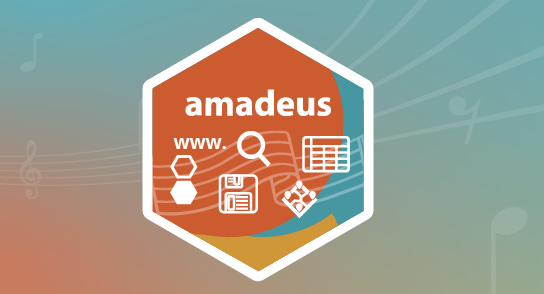
Amadeus

Machine for Data, Environments, and User Setup for common environmental health datasets is an R package developed to improve and expedite users’ access to large, publicly available geospatial datasets.
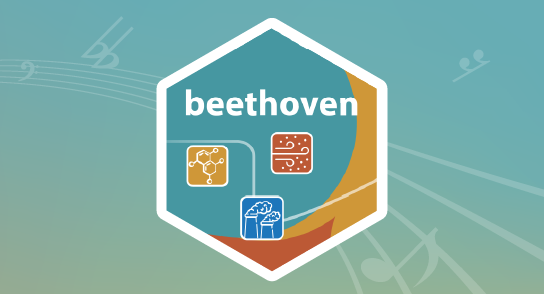
Beethoven

Building an Extensible, Reproducible, Test-driven, Harmonized, Open-source, Versioned, Ensemble model for air quality is an R package developed to facilitate the development of ensemble models for air quality.
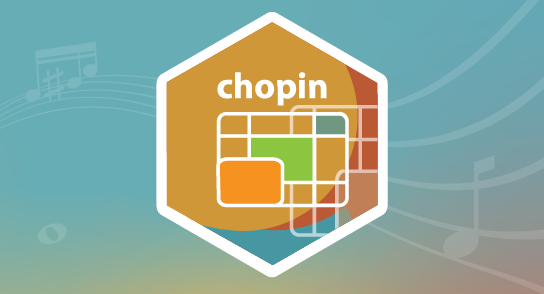
Chopin

Computation of Spatial Data by Hierarchical and Objective Partitioning of Inputs for Parallel Processing.

GeoTox

GeoTox, or source-to-outcome, modeling framework with an S3 object-oriented approach. Facilitates the calculation and visualization of single and multiple chemical risk at individual and group levels.
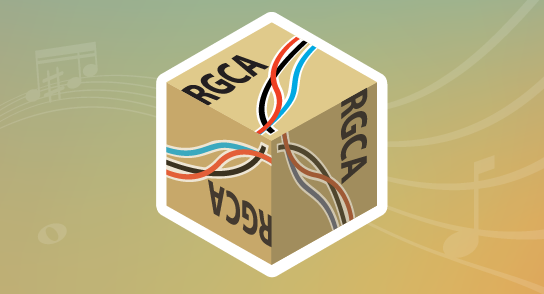
RGCA

Implements Reflected Generalized Concentration Addition: A geometric, piecewise inverse function for 3+ parameter sigmoidal models used in chemical mixture concentration-response modeling.
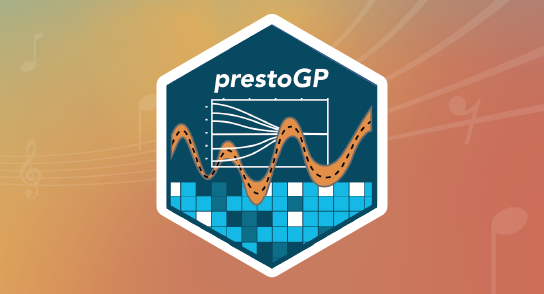
PrestoGP

Scalable penalized regression on spatio-temporal outcomes using Gaussian processes. Designed for big data, large-scale geospatial exposure assessment, and geophysical modeling.
Software Development Practices
We are focused on developing and promoting software and computational best-practices such as test-driven-development (TDD) and open-source code for the environmental health sciences. To this end, we have protocols in place to ensure that our code is well-documented, tested, and reproducible. Below are some of the key practices we follow:
Unit and Integration Testing
We will utilize various testing approaches to ensure functionality and quality of code.
Git + GitHub
Version control of software is essential for reproducibility and collaboration. We use Git and the NIEHS Enterprise GitHub for version control and collaboration.
CI/CD Workflows
Within GitHub, we will utilize continuous integration and continuous deployment workflows to ensure that our code is always functional and up-to-date. Multiple ** branch protection rules** within GitHub aresetup and enforced for our GitHub repositories:
- Require pull request and 1 review before merging to main
- Test pass: Linting: Code shall adhere to the style/linting rules defined in the repository.
- Test pass: Test Coverage: A given push should not decrease overall test coverage of the repository.
- Test pass: Build Checks: The code should build without errors or warnings.
The CI/CD workflows in GitHub are setup to run on every push to the main branch and on every pull request. The workflows are setup using yaml files in the .github/workflows directory of the repository.


